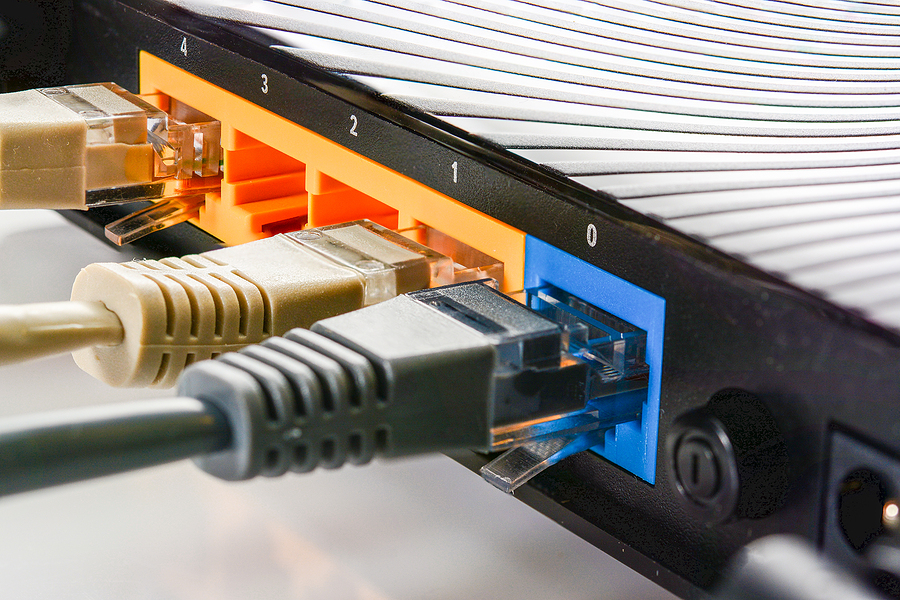It’s no real surprise that rural and remote areas have less access to the services that most Americans take for granted. For example, you might be able to call an Uber driver, but you’ll be waiting a lot longer than you would if you were based in New York.
About 27% of residents in Tribal lands cannot access broadband, and over 22% of those in rural areas also lack these services even though the internet today is a basic part of daily life.
Individuals use the net for education, healthcare, communication, and even entertainment. The millions of remote workers in the US also depend on broadband access for their jobs.
Is rural America covered by ISPs?
Many rural areas in the US have poor internet coverage, and Arkansas, and Mississippi have the biggest percentage of homes without internet access. Mississippi itself has a whopping 23.7% of households with no internet service in place.
However, this doesn’t mean that all rural areas are stuck without broadband, it’s just that it can be limited. Some rural places in the US have no internet access at all, others have a reduced choice of ISPs compared to urban towns and cities, and some have broadband, but the speeds don’t match other parts of the country.
It could be that the potentially small group of customers is putting off some ISPs, but many local providers are trying to fix this issue. A search on Google will locate a local ISP and a visit to their site will show what options you have.
Why is broadband access so difficult in rural areas?
In the early 1990s, dial-up was the way most people accessed the internet, and later on, came broadband which has taken time to roll out across the country.
One comparison is with electricity in the 1930s. Back then, only a fraction of the remote parts of the US had electricity due to the cost of building the infrastructure needed, and because the volume of customers was low.
Essentially, it didn’t make financial sense for utility companies to invest in the rural USA, and something similar is happening with ISPs now. Fortunately, investment is happening from a variety of sources, including ISPs and the government.
Is any investment being made in rural broadband now?
The ReConnect program was started over 4 years ago in 2018 and is intended to help finance the infrastructure needed to see rural areas receive broadband and stable internet connections.
In total, the USDA has invested $3.2 billion to help rural communities get faster broadband access. And it isn’t just the government getting involved. Many ISPs are trying to improve local infrastructure for e-communications, and in turn, they are likely to be rewarded with a loyal customer base.
There are some other options available in different remote areas, and one of the better ones is satellite broadband.
Satellite internet for rural areas
If you were looking for broadband in rural Kentucky for instance, you might struggle to find the speeds you needed, or your connection might not be stable enough. Perhaps, your chosen ISP just doesn’t cover your area yet.
The pros of satellite internet access include almost global coverage, and potentially very high speeds. But, the cons include poor coverage in certain areas that are heavily wooded or have mountains, which includes many remote places in the US.
Why is it vital that rural broadband improves?
The internet is used to access healthcare services, and to communicate with family and colleagues, as well as for education.
During the pandemic, students could improve results by researching subjects online and undergoing tests at home. Indeed, the internet became highly valuable during the pandemic, especially in remote areas.
Communication
Communication in remote areas can be difficult, and messaging services came into their own during Covid. Facebook reported a 50% increase in users on Whatsapp during this period. However, many rural communities were unable to take advantage of free messaging.
Business owners
The internet allows businesses to simplify supply chains, and save costs by operating online through ecommerce. Without the internet, remote workers, and business owners would be unable to carry out daily tasks effectively.
Healthcare
People in rural communities can benefit by video messaging with medical professionals. This can help to reduce travel and costs and free up time for the doctor for more pressing appointments.

Summary
Of course, some people just want to use the internet for entertainment, and frequent travelers have streaming problems as they move into more rural areas. Now, imagine you permanently residing in a remote area with no broadband
A traveler will be home again soon enough with their high-speed internet, but many rural communities are struggling to even get a stable connection. With investment, and local ISPs who are invested in these communities, this might change soon, and as the pandemic showed, this must happen.
Image Source: BigStockPhoto.com (Licensed)
Site Disclaimer
The Content in this post and on this site is for informational and entertainment purposes only. You should not construe any such information or other material as legal, tax, investment, financial, or other advice. Nothing contained on our Site constitutes a solicitation, recommendation, endorsement, or offer by HII or any third party service provider to buy or sell any securities or other financial instruments.
Nothing in this post or on this site constitutes professional and/or financial advice. You alone assume the sole responsibility of evaluating the merits and risks associated with the use of any information or other content in this post or on this site.
You recognize that when making investments, an investor may get back less than the amount invested. Information on past performance, where given, is not necessarily a guide to future performance.
Related Categories: Tech, Reviews







